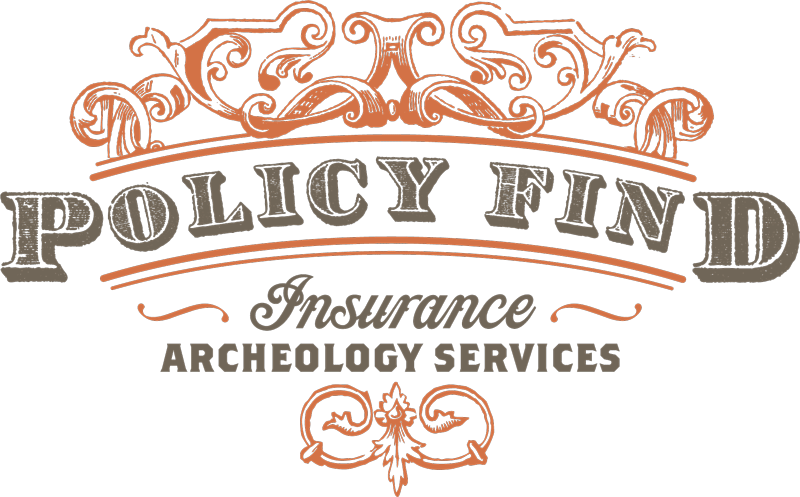By Kristen Drake, Director of Operations, PolicyFind
The recent ruling in E.M. Sergeant Pulp & Chemical Co v. Travelers Indemnity Co.. continues to build a strong case for policyholders in the state of New Jersey.
The Case Background
In 2004, E.M. Sergeant Pulp & Chemical Co. in New Jersey, a distributor of heavy industrial inorganic chemicals and raw materials, was notified by the Environmental Protection Agency (EPA) that they were a Potentially Responsible Party (PRP) for part of the Diamond Alkali superfund site. According to the EPA’s Technical Report Data, multiple companies used the site for chemical manufacturing over the past century leaving behind two key contaminants, dichlorodiphenyltrichloroethane (DDT) and dioxin, in the soil, groundwater, air, and debris.
In 2009, E.M. Sergeant Pulp & Chemical Co. was sued as a third-party defendant in a lawsuit alleging property damage caused by environmental pollution from activities that occurred 50-75 years ago. Being a PRP, meant they were liable for the cleanup.
The insurance company denied it had issued any policy, so E.M. Sergeant Pulp & Chemical Co. sued the insurer for coverage. Even though E.M. Sergeant Pulp & Chemical Co. couldn’t provide any insurance policies, they did provide:
- Four pages of handwritten entries in its bookkeeping ledgers
- An application submitted to another insurer in 1964
- A note relating to the application
- Certain standard policy forms obtained from the insurance company in discovery
- Expert testimony from an insurance archeologist, who expressed their opinion that the missing policies provided coverage for “public liability”, including third-party bodily injury and property damage, and coverage was continuous from 1948-1965.
In 2017, Travelers Indemnity Co. reached a settlement with E.M. Sergeant Pulp & Chemical Co. based on the ‘secondary’ policy evidence and expert testimony from an insurance archeologist.
What The Verdict Means To Policyholders
The case of E.M. Sergeant Pulp & Chemical Co. v. Travelers Indemnity Co., demonstrates how every little piece of evidence can be crucial to proving that past coverage was issued. While the documentary evidence of coverage was “scanty”, the insurance archeologist’s ability to provide evidence that E.M. Sergeant Pulp & Chemical Co. had insurance to cover property damage with Travelers Indemnity Co. for the period of 1943-64 along with their expert testimony, was sufficient to prove coverage, according to Judge Kevin McNulty.
This case is proof that historical insurance policies, even with little evidence, can still provide coverage in New Jersey–highlighting the importance of an insurance archaeologists’ work.
Three Takeaways From The Case
- E.M. Sergeant Pulp & Chemical Co. strengthened its ‘secondary’ evidence with four ledger entries and expert testimony from an insurance archeologist.
- The existence of full policies is not always necessary to prove coverage.
- The physical policies were missing, yet the court relied heavily on an insurance archaeologist’s expert testimony.
While historical insurance policies may be considered “just old paperwork” by some, they can potentially provide millions of dollars in coverage. This makes them valuable assets, especially for environmental remediation projects such as site cleanup, compliance obligations, and third-party legal actions.
What Does This Mean for Business Owners?
It’s a common belief that companies and organizations need to pay for environmental remediation out of pocket if their business’ historical Commercial General Liability (CGL) insurance policies have been lost or destroyed. While this belief is pervasive, PolicyFind can help policyholders through Confidential Insurance Archeology® and expert witness services to find insurance coverage, fill in the historical gaps and serve as an expert witness.
If You’re a Policy Holder, Here’s Three Tips For Getting Started
- Contact a confidential insurance archeologist to assist you as you start assembling your coverage case.
- Check your historical records and see what you have available. (Gather. Collect. Review.)
- Try to call insurance agents you’ve worked with in the past to fill in any missing information, and rely on your insurance archeologist to pull everything together.
Contact PolicyFind for a free and confidential consultation to learn how our expert insurance archaeologist’s can uncover historical CGL insurance coverage.
For more information on historical insurance archaeology, read our Insurance Archeology 101 and The Hidden Power of Historical Commercial Insurance.

Kristen Drake brings more than a decade of research and managerial experience in broadcast journalism to the field of insurance archeology. Since joining the PolicyFind team in 2015, Mrs. Drake has successfully documented liability insurance programs on behalf of municipalities, manufacturers and dry cleaners. She continues to translate her expertise in source procurement and digital fact-finding, performing insurance research activities at a very high level, providing on-time execution of contracted performance goals.


Recent Comments